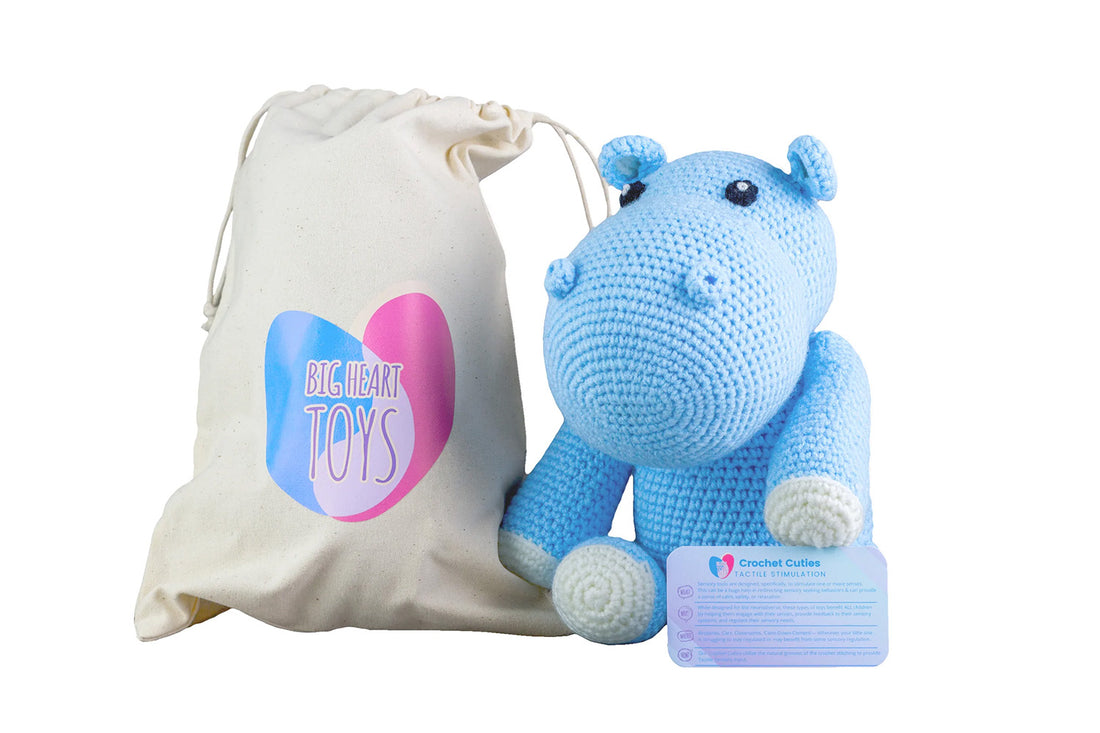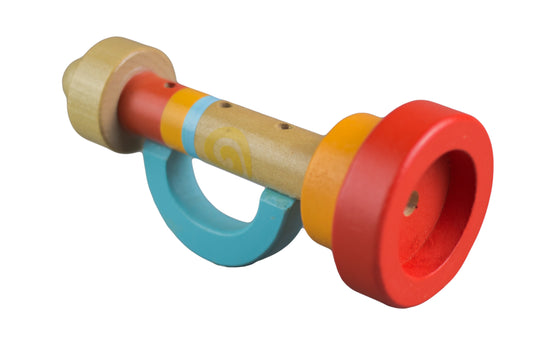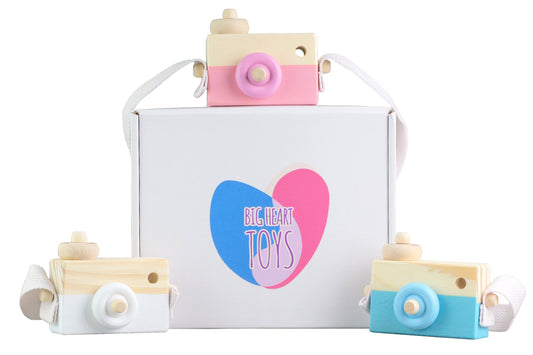All our children are unique, not all neurotypical learners are the same, and not all neurodiverse learners are the same. The same can be said for adults!
Today, we’ll be discussing seven tools that can help parents understand and assist when their child may need sensory support as they learn and grow. Sometimes all we need is more information that’s broken down into easy-to-understand segments. Then, with that understanding, we are better equipped to help our children when they need a boost.
Please note that this list of tools is meant to help understand a child who deals with sensory sensitivities, and it’s not meant for diagnostic or treatment purposes. For a full treatment plan, parents should contact their child’s pediatrician or medical provider.
The Basics on Senses and the Effects on Children:
Just like adults, children process the world around them with their senses. Babies are born with all five senses functioning (unlike many other mammals).
However, these senses are still in their early stages and are fine-tuned as the child grows. For example, vision is rather limited for newborns, who can usually see only about eight to ten inches ahead of them. Their vision will mature around two to three years old.
As children grow and advance, so do their senses. If those sensory perceptions present in an atypical way, parents might need to do some extra work to help their little learners grow and succeed.
Who Is Affected By Sensory Processing Disorders?
Sensory processing disorders aren’t limited to one group or demographic. However, for the sake of brevity, we’ll be discussing sensory processing disorders through a neurodivergent lens.
While children who are diagnosed with autism may deal with sensory sensitivities, they are not the only ones. Those who have an auditory processing disorder, ADHD, and anxiety may also show concerning sensory behaviors, but this list is far from comprehensive.
Here is a list of other conditions that are sometimes associated with sensory processing sensitivities:
- Down Syndrome
- Obsessive Compulsive Disorder
- Speech or Language Disorders
- Trauma or Post Traumatic Stress Disorder
- Global Developmental Delays
- Vertigo
- Motor Processing Disorder
Knowledge is the best tool (along with the information you may receive from your family’s health provider).
Start With Research to Understand Sensory Concerns
Our first tool is knowledge. It’s a cliche but knowledge is power. We’re going to review sensory issues in children so that every parent and loved one has the right information to address your child’s needs.
Senses factor into one of the first stages of early childhood learning. When a child has trouble making sense of the information given by their senses, this could possibly indicate that sensory processing issues are apparent.
Sensory Processing Disorder (SPD) can make social interaction, learning, and other life demands more challenging for a child.
A child with processing issues can have difficulties because they detect too much with their senses or too little. Things such as the tone of voice someone speaks in can be hard to process, and the child can become out of sync. Sometimes, this can result in sensory-seeking behaviors, when a child will attempt to meet their desired sensory needs with physical actions like stimming, jumping, running, and more.
Adjust the Environment
The five main categories of sensory perception that we are taught in school include touch, taste, smell, sight, and hearing. These senses work together to help us take in information and process it, then the body reacts.
If one of the senses isn’t functioning correctly, an individual may not take in enough of one thing or take in too little of something else. Thoughts may bring a person to the wrong conclusions, which affects the way they respond.
It can feel overwhelming, but if you can figure out where the disconnect is happening for your child, then you can help them reconnect and engage again. You might be able to observe your child’s specific struggles on your own, or you may need help from an occupational therapist to understand the causes.
Some possible ways to accommodate learners in this regard are to:
- Use lava lamps or dimmer switches to dimly light rooms without turning on an overpowering ceiling light.
- Use room sprays or essential oils to mask smells your child is adverse to.
- See if noise-canceling headphones help children block out overwhelming noises.
Improve Balance
Those with SPD may also struggle to stay balanced and can appear to be uncoordinated. These symptoms are under the umbrella of proprioception and vestibular senses.
Not only can this make home life tricky, but school, public, and peer-to-peer interactions prove to be extra challenging as well. As children primarily interact and socialize through play, sensory processing disorders may interfere, resulting in social stress or isolation.
Additionally, the ability to balance may be disrupted when the body misinterprets sensory information, sending incorrect data to the vestibular system. This can show up in different ways for children. The vestibular system is connected to the inner ear, often causing the feeling we know as motion sickness.
Potentially, a child's sensory imbalance could be extreme with constant or fast-paced movement. Conversely, a child could avoid all of the things that could make them feel woozy by being still and having quiet time.
To improve balance, children may benefit from:
- Using yoga balls instead of chairs (even in the classroom)
- Practicing gymnastics (either at home or a local youth gym)
- Sitting on wobble seats or swivel cushions that you’ve integrated into your home
- Parents hosting a dance party (get the whole family involved for a fun time!)
Work on External Body Awareness
Your child’s body awareness senses things around them within their environment. Other names for external body awareness are proprioception or kinesthesia. As a parent, you may witness your child having difficulty in gauging strength, clumsiness, and bumping into things.
Ways to help your child if they seem to have compromised external body awareness:
- Including weighted blankets or weight gel mazes in your home’s de-stress zone
- Helping them practice writing on different surfaces with the appropriate amount of force
- Letting your child know they can say no to hugs and unwanted physical contact
Create a Sensory Safe Space at Home
Home is the perfect area where you can help control the stimuli that your child experiences. They can have toys they like, the right textured blankets (or blankets with no texture), low lights, and a space they feel comfortable in.
Your child can use their toys and other tools like noise-canceling headphones in areas outside of the home to help maintain a sensory safe space. It can be comforting to your child to know that when they go out, any sensory overload they experience is temporary, and there’s a safe sensory place when they get home.
The details of this controlled area will likely be based on what kind of sensory support your child needs. Once you design this spot, you can remind your child it’s open to them whenever needed. Children thrive with reliability and routine.
Part of controlling your child’s environment involves implementing a consistent daily schedule.
Children’s growing brains can at least take a break from anticipating what is coming next because they’ll already know based on their daily schedule. However, we should also remind families that life is unpredictable and there is no situation we can totally control. In those cases, we need to rely on our emotional regulation skills.
Encourage Internal Body Awareness
Introspection is another name for internal body awareness. This sense is how we know what our body feels: thirst, hunger, pain, tiredness, hot or cold, etc. Internal body awareness helps your child take care of themselves and their immediate needs.
Your child may not seem to know that they are hungry until it’s at an extreme level, which can go for other compromised senses as well. They might not notice unless they are exhausted, dehydrated, or in intense pain. Your child may feel pain acutely or not as much as others. Physical or emotional dysregulation can also affect your child’s restroom behaviors, where your child may not feel the urge to use the restroom as frequently needed.
The best support for your child is to help them:
- Eat the right nutritious foods and little snacks throughout the day
- Give them reminders to use the restroom at each transition point over the day
- If a younger (and clearly cranky) child resists a nap, encourage them to lie down in their room for a set amount of time.
This is when a great consistent schedule will come in handy.
Use Sensory Toys
Sensory toys help meet the needs of children who need support with balance, body awareness, and environmental factors. There is no such thing as “the best” sensory toy; the right sensory toy will be particular to your child’s needs.
Finding the appropriate toy that your child is comfortable with is key when they’re avoiding a particular sensation that they don’t like. Carefully-crafted tools can help children become accustomed to stimuli they aren’t fully accustomed to yet.
Here is a list of good types of sensory toys:
- Kinetic Sand Box
- Water Tables
- Sensory Bins
- Textured Stuffed Animals
- Pop Toys
- Fidget Spinners
Loving and Nurturing Care (For You and Your Child)
This is the easiest of all; just love your child. Sensory needs are just a part of who they are, and they make up a bigger whole of an amazing child down the road.
Remember that with your love and a solid base of knowledge, you have what it takes to help your sensory-sensitive child. Sensory imbalance can be helped and controlled with extra support coming from medical professionals and occupational therapists. The great part is that you can input the right toys and schedules in the environment of your home for a happy child.
Sources:
About The Senses | Twenty-One Senses
More, More, Too Much: Understanding Sensory Seeking | South Shore Health
Sensory Processing FAQ | Child Mind Institute
Newborn Senses | Stanford Children's Hospital
Proprioception/Vestibular Senses and Why They Matter | Therapeutic Concepts LLC
How Sensory Processing Can Affect Motor Skills | Proprioception and Vestibular Sense | Understood
Sensory Seeking vs. Sensory Avoiding in Children | Understood






